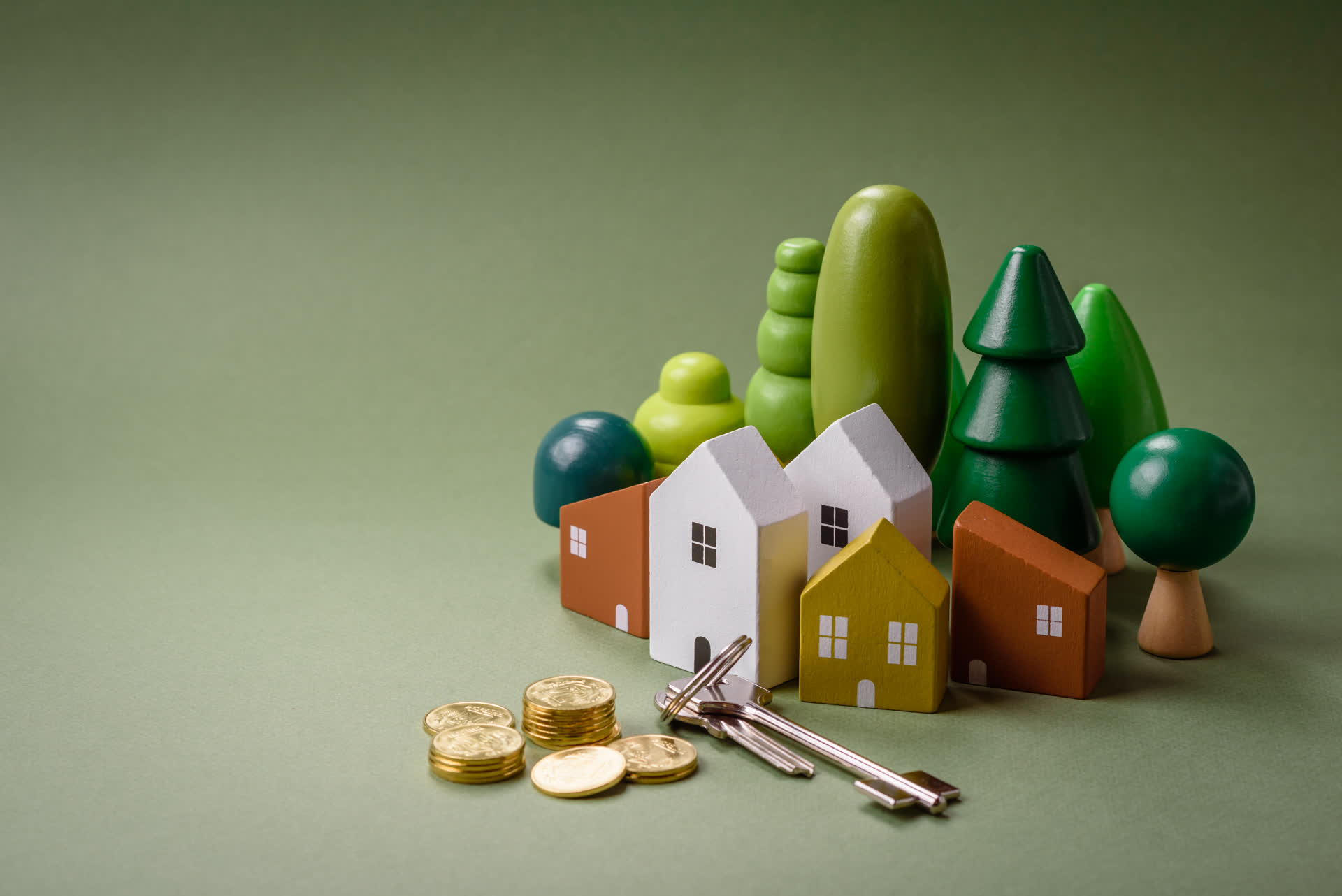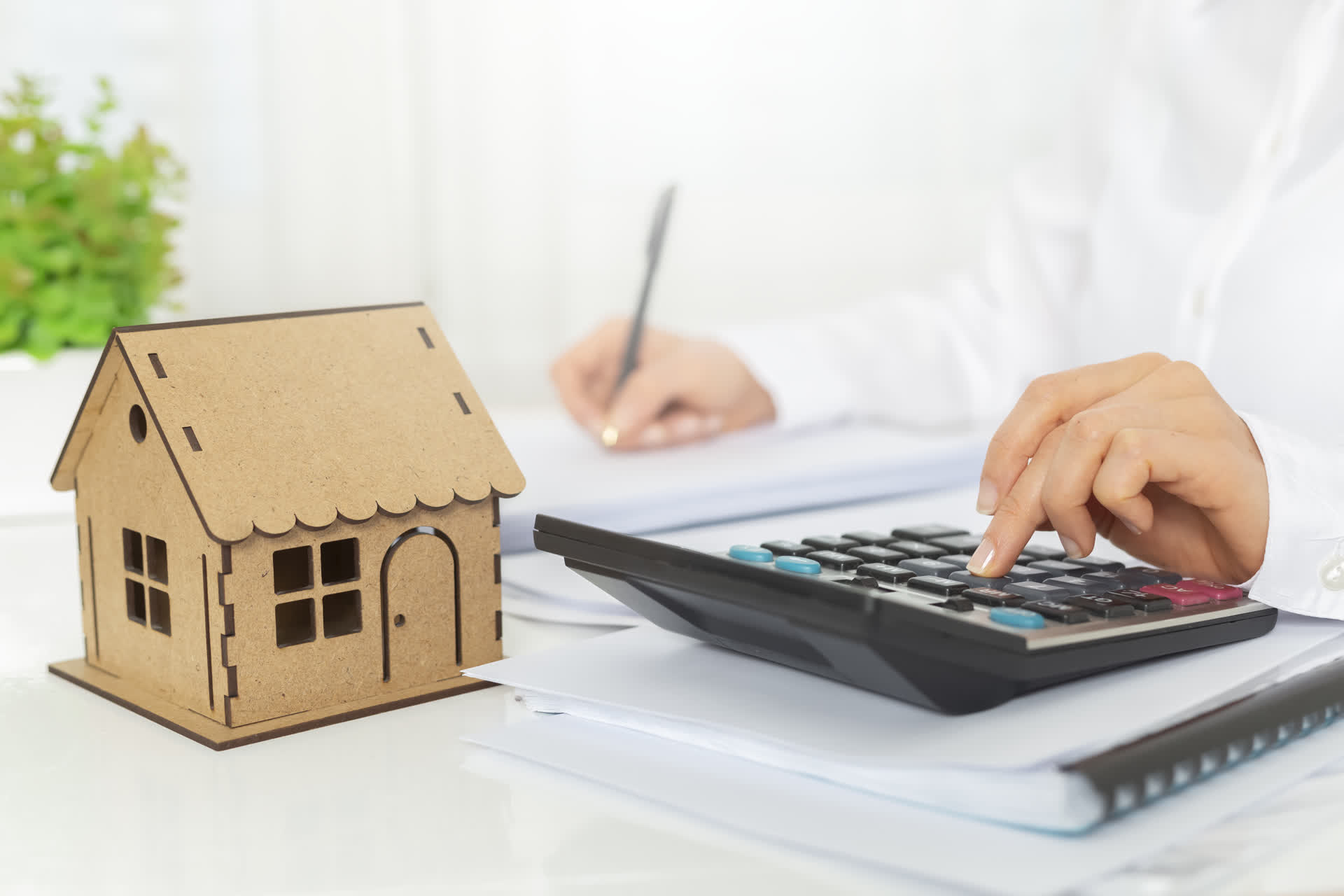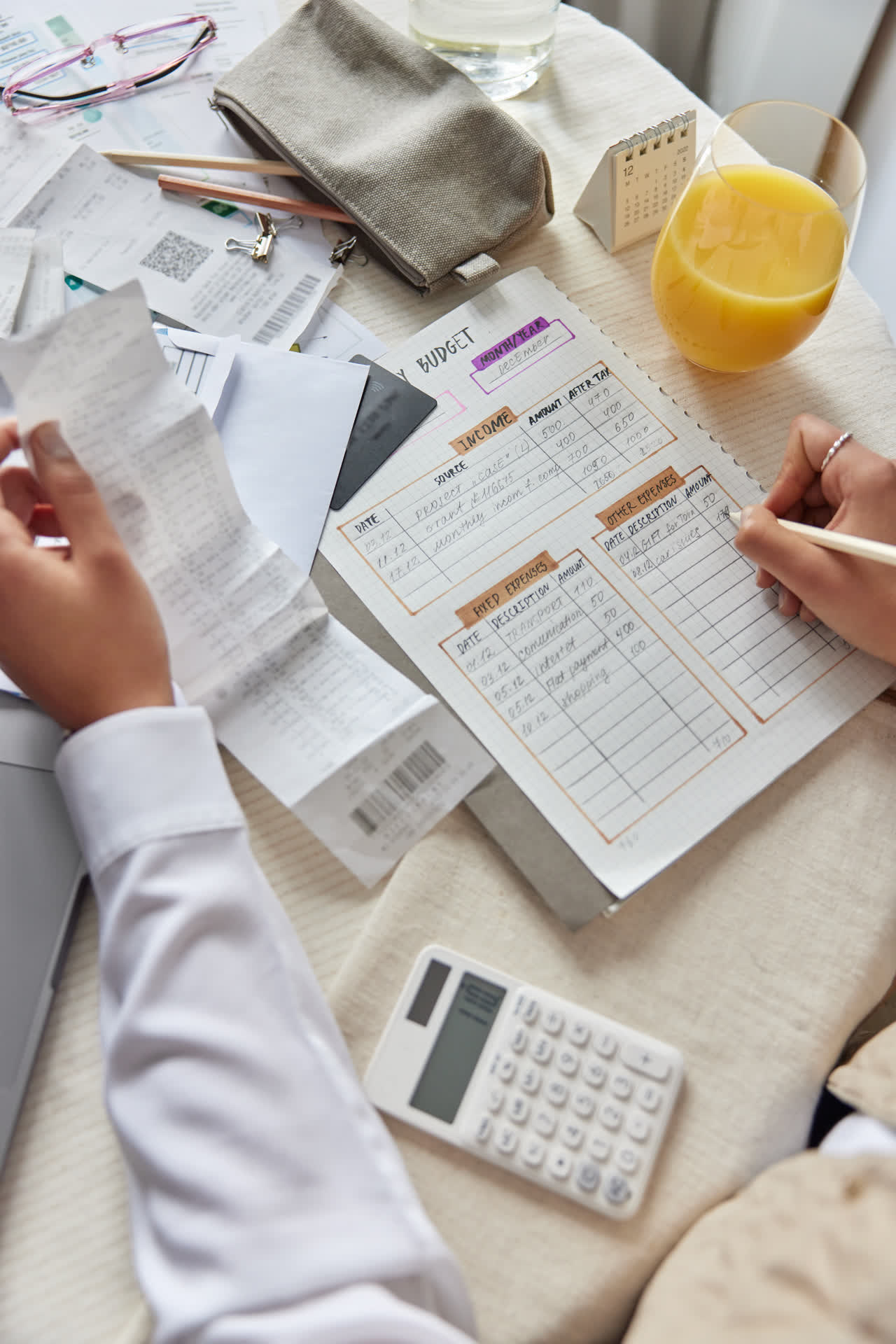How Much House Can You REALLY Afford?

Buying a home is one of the biggest financial decisions you'll ever make. It's exciting, emotional — and a little overwhelming. One of the first (and most important) questions to answer is: How much house can I really afford?
Let's break it down simply and honestly so you can move forward with confidence.
1. Start With Your Budget, Not the Bank’s

Many people make the mistake of starting with a lender’s approval amount. Just because a bank says you can borrow $500,000 doesn’t mean you should.
Instead, take a deep dive into your own budget. How much are you comfortable spending monthly on housing without stretching yourself too thin?
A common rule of thumb is to keep housing costs (mortgage, property taxes, insurance, HOA fees) at or below 28-30% of your gross monthly income.
Example:
Gross monthly income: $6,000
28% of $6,000 = $1,680
Ideally, all housing-related costs should stay around or below $1,680/month.
2. Understand ALL the Costs Involved

Your mortgage payment is just one piece of the puzzle. Don’t forget about:
Property taxes
Homeowners insurance
Private mortgage insurance (PMI) (if you put down less than 20%)
HOA dues (if applicable)
Utilities and maintenance (new homes often mean higher utility bills and unexpected repairs)
When estimating how much you can afford, factor in these ongoing costs, not just the base mortgage.
3. Calculate Your Down Payment

The more you put down, the more affordable your home becomes over time.
20% down is ideal to avoid PMI.
3-5% down is possible with many loan programs, but it will increase your monthly costs.
Also, keep in mind that you'll need cash reserves after closing for emergencies — don't drain your savings account just to make a bigger down payment!
4. Check Your Debt-to-Income (DTI) Ratio

Lenders use the debt-to-income ratio to gauge how much of your monthly income goes toward paying debts.
Ideal DTI for most conventional loans is 36% or lower.
This includes your mortgage plus other debts like student loans, car payments, and credit cards.
If your DTI is too high, you may need to look at a lower price point or pay off some debts before buying.
5. Leave Room for Life

Homeownership isn't just about the mortgage. You still want to enjoy your life — travel, dine out, save for retirement, raise kids, etc.
Don't max out your budget on a house if it means sacrificing everything else you love.
Aim to leave financial breathing room for the unexpected and the fun.
6. Use Online Calculators (But Be Cautious)

Mortgage calculators are a great starting point, but they often don’t include taxes, insurance, or HOA fees unless you add them manually.
Use calculators to get a ballpark idea, but always double-check numbers with a trusted lender or real estate agent.
7. Get Pre-Approved the Smart Way

Once you have a personal budget range in mind, work with a lender to get pre-approved, not just pre-qualified.
A pre-approval gives you a real, conditional loan offer based on verified financials — it’s stronger when you make an offer on a home and helps you stay within your comfort zone.
Final Thoughts
The goal isn’t to buy the biggest house the bank says you can.
The goal is to buy a home that fits your lifestyle, your future plans, and your financial comfort zone.
When you stay within your personal budget — not just the lender’s limit — you’ll enjoy your new home without the stress of being house-poor.
If you're ready to explore what homes fit your budget, or if you want a customized affordability plan, reach out today — I’m happy to help you every step of the way!


